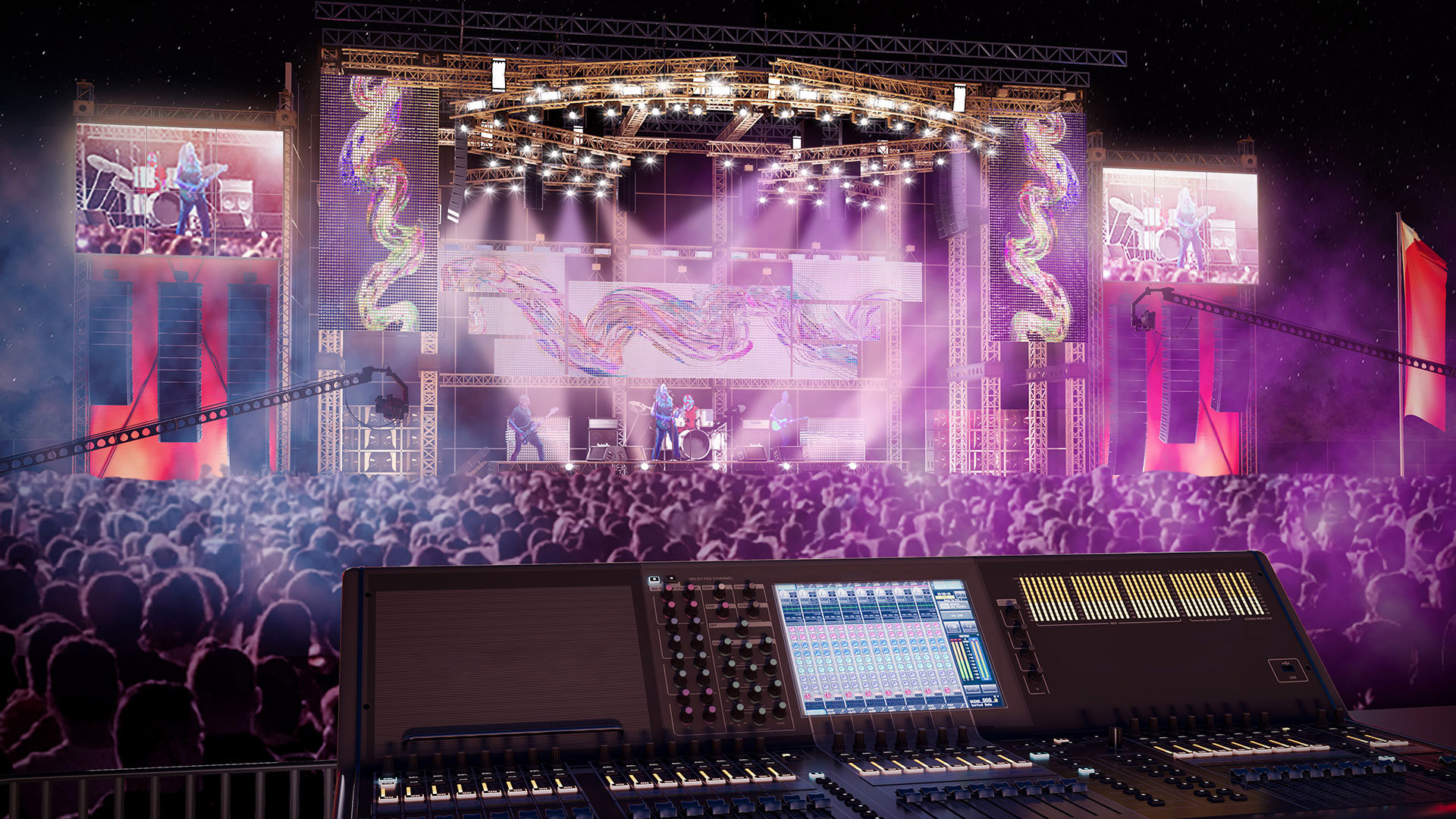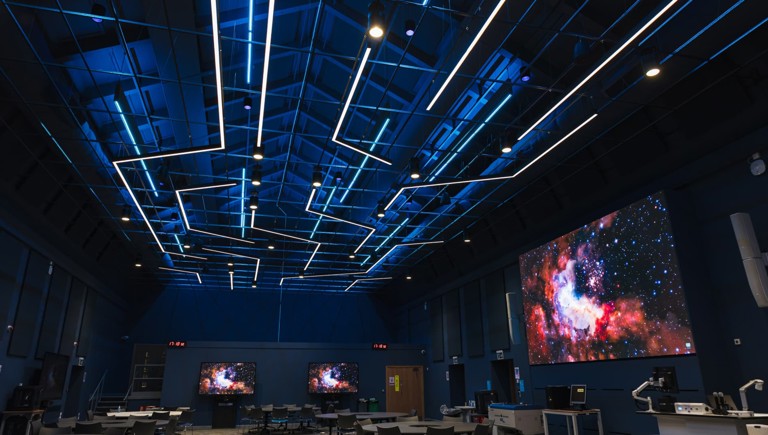Audiovisual solutions in action.
Here are just some examples of how audiovisual technology can make the world more effective, more impactful and more exciting.
Corporate.
Technology helps businesses collaborate and stay connected, in meeting rooms and reception spaces, creating content, delivering key messages or speaking with teammates or customers.
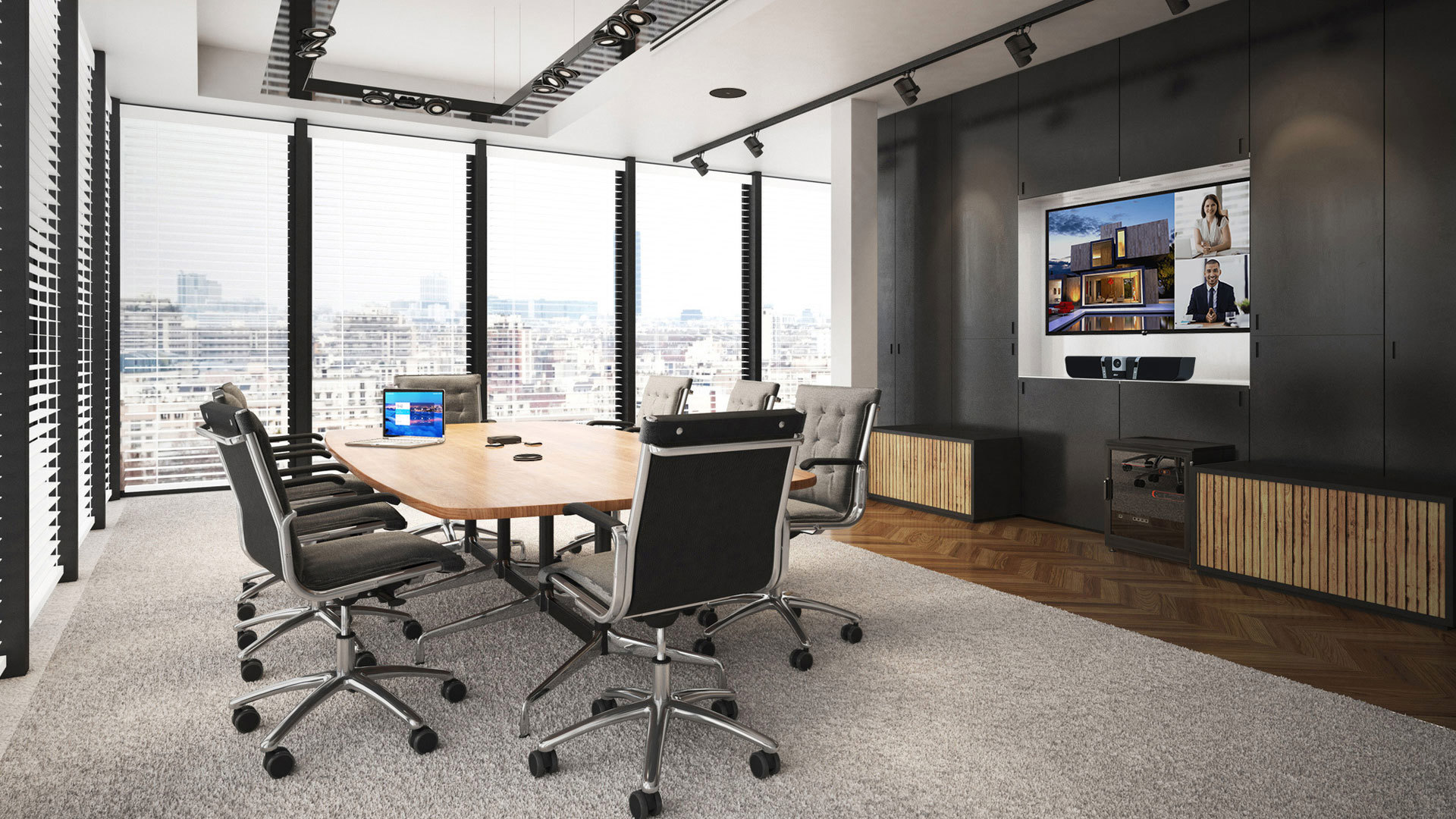
Education.
Covering primary schools through to universities, interactive and remote learning are key to a more effective learning outcomes for students.
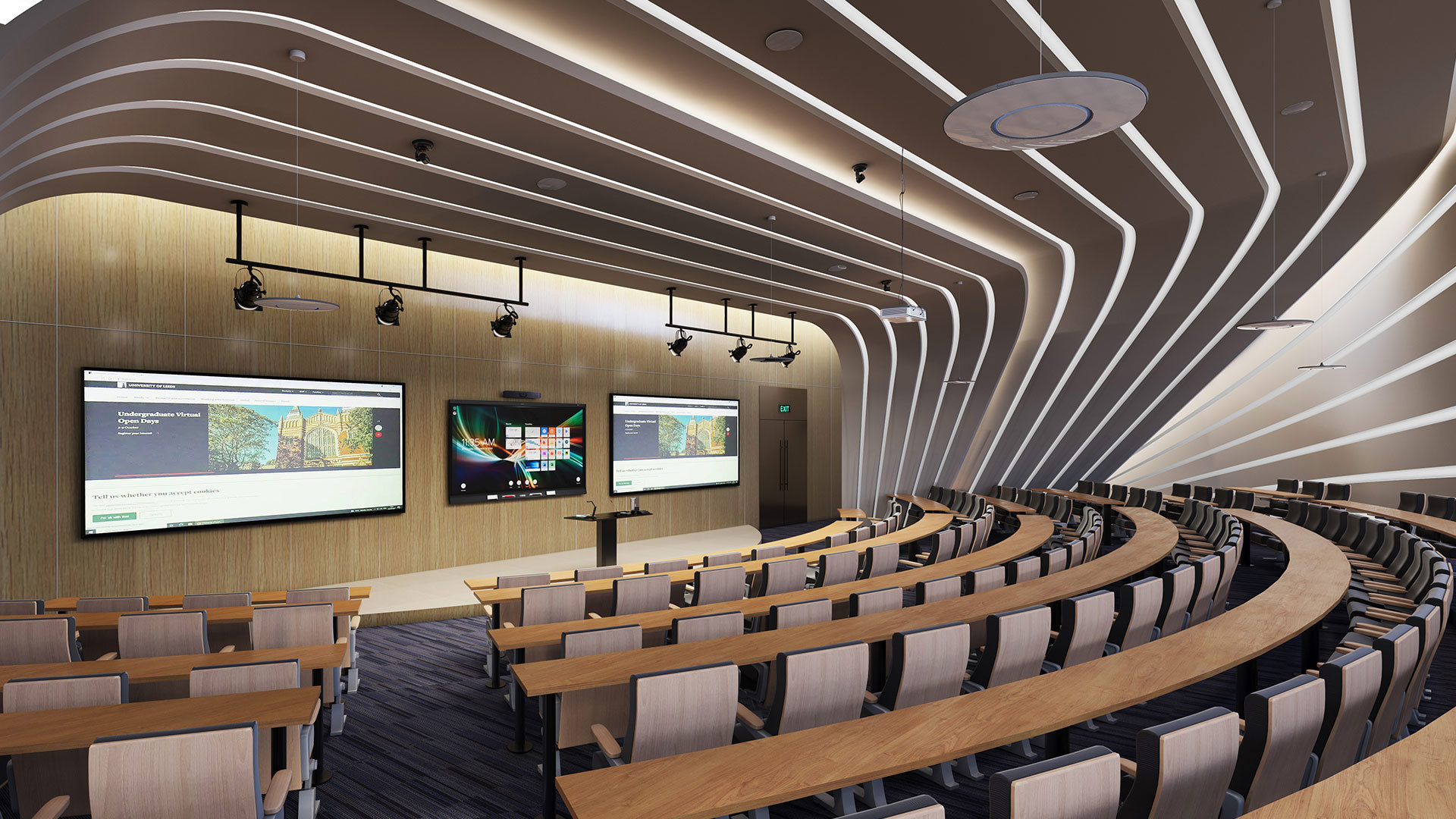
Retail and leisure.
The modern leisure experience is both enhanced for the customer and more efficient for businesses. Digital signage for advertising, interactive booking terminals, networked security cameras and public address systems for safety are just a small number of examples where audio visual technology has become integral.
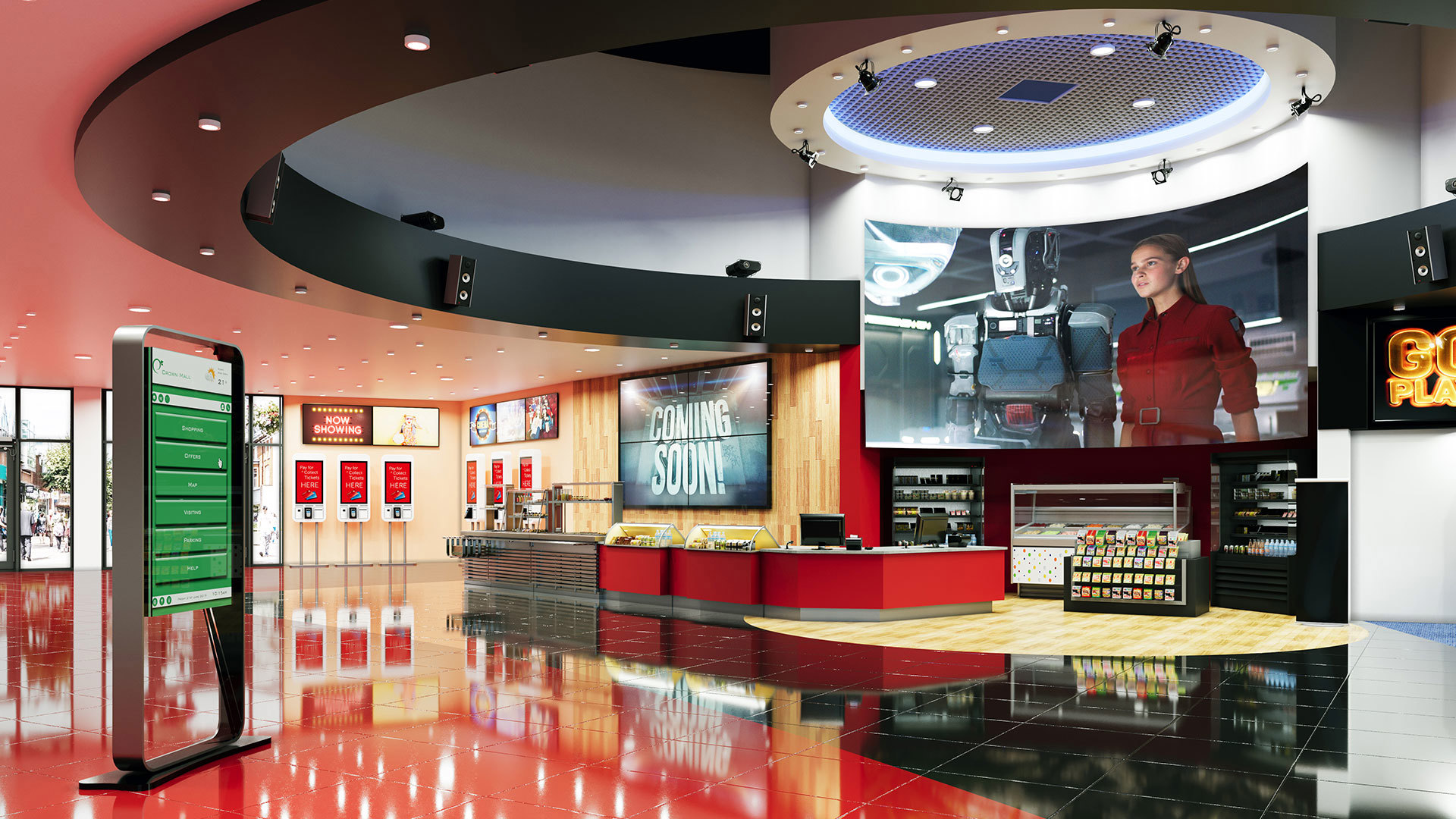
Live events.
From watching artists perform in arenas to live streaming esports games coverage, the combination of enhanced production and state-of-the-art technology magnifies live events to create unforgettable experiences.
